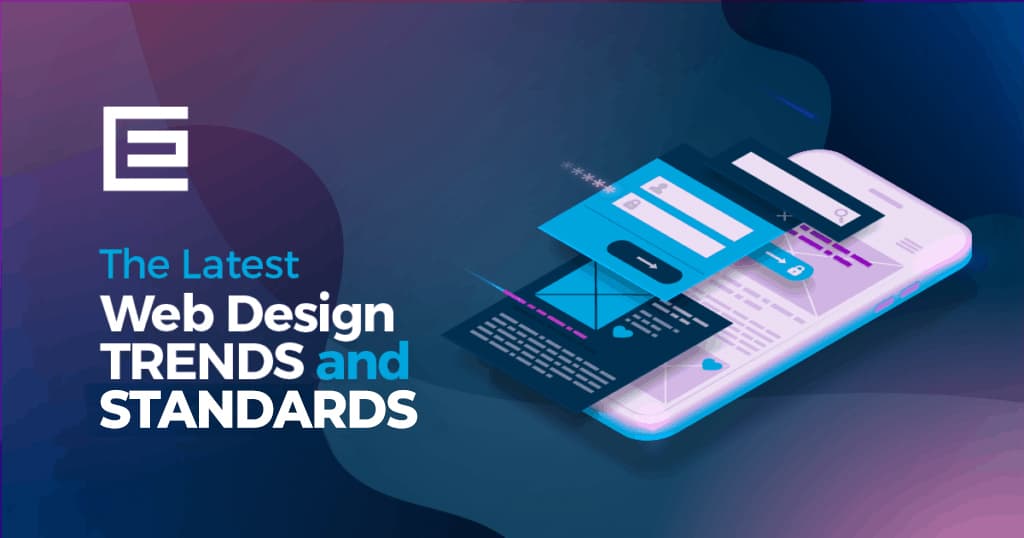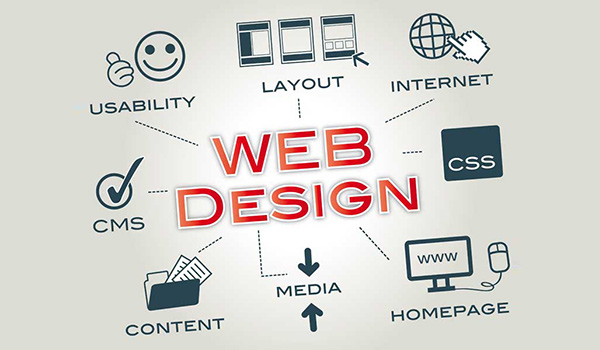Innovative Aligned Position Web Design: Future-Proof Websites for Businesses in Every Niche
Innovative Aligned Position Web Design: Future-Proof Websites for Businesses in Every Niche
Blog Article
The Most Effective Kinds Of Website Design to Boost Individual Experience and Involvement
In the ever-evolving landscape of digital interaction, the performance of website design considerably impacts user experience and involvement. Various style methods, such as minimal, responsive, and interactive designs, each offer special advantages that can satisfy varied user requirements. Understanding which sorts of Web style best serve these objectives can be essential for companies intending to enhance customer contentment and retention. The concern continues to be: which layout elements genuinely reverberate with users and foster meaningful interaction? The expedition of these concepts discloses crucial understandings that might redefine your strategy to website design.
Minimal Web Layout
As electronic landscapes become increasingly cluttered, minimalist Web layout has actually become an effective strategy to boosting customer experience. This style approach focuses on simplicity, focusing on necessary components while removing unneeded disturbances. By making use of ample white space, simple navigation, and a restricted color combination, minimal layout cultivates quality and routes user interest to key material.
The core principle of minimalist Web style is to create a smooth communication for users. By reducing cognitive lots, individuals can quickly grasp details without really feeling overwhelmed. This direct method not only boosts use however likewise encourages involvement, as site visitors are a lot more likely to discover a website that is easy and aesthetically attractive to navigate.
Furthermore, minimalist style often highlights typography and images, using these components strategically to communicate messages properly. In essence, minimalist Web style is not simply a trend; it is a thoughtful methodology that acknowledges the relevance of user-centered design.
Responsive Website Design
In today's varied electronic setting, receptive Web style has actually come to be important for producing a smooth user experience across a plethora of devices. As individuals accessibility websites on smart devices, laptops, tablet computers, and desktops, the ability of a site to adjust its format and material to various screen sizes and resolutions is crucial.
Responsive Web design uses adaptable grids, photos, and CSS media queries to ensure that Web material exists ideally, no matter of the tool made use of. This approach not just boosts the aesthetic appeal of a website but additionally dramatically boosts functionality. Users are most likely to involve with a site that offers a regular experience, as it removes the frustration of needing to focus or scroll exceedingly.
Furthermore, internet search engine, consisting of Google, prioritize mobile-friendly web sites in search positions. By taking on receptive style, services can enhance their presence and get to a broader audience. This technique likewise streamlines website upkeep, as a single variation of the site can deal with all devices, lowering the requirement for numerous versions. In recap, responsive Web design is a basic method that enhances individual experience, engagement, and general satisfaction.
Interactive Website Design
Receptive website design lays the groundwork for boosting individual experience, yet interactive website design takes this an action additionally by engaging customers in a much more dynamic means - Aligned Position Web Design. By incorporating aspects such as animations, clickable models, and real-time feedback, interactive Web design astounds individuals, attracting them into a richer surfing experience
This technique not only fosters involvement but likewise motivates customers to discover material actively instead of passively eating it. Strategies such as gamification, where customers make benefits for completing tasks, can considerably enhance the time invested in a website and enhance general satisfaction. Moreover, interactive features can streamline complicated details, making it a lot more digestible and satisfying.

Incorporating interactive design elements can likewise lead to greater conversion rates, as individuals are much more most likely to involve with a website that proactively involves them. Aligned Position Web Design. Eventually, interactive Web layout changes individual experiences right into unforgettable trips, ensuring that visitors return time after time
Apartment Design
Characterized by its minimalistic method, flat layout highlights simplicity and performance, stripping away unnecessary elements and concentrating on crucial Resources functions. This layout approach focuses on use, ensuring that individuals can browse interfaces easily and efficiency. By employing a clean aesthetic, flat style gets rid of the clutter usually located in a lot more elaborate styles, therefore improving user concentrate on material and functionality.
The hallmark of flat design hinges on its use strong colors, basic typography, and geometric shapes. These aspects add to a visually enticing interface that is both modern-day and approachable. Additionally, level design cultivates a sense of quality, allowing try this out individuals to discern vital actions and details without interruption.
Furthermore, level design is specifically efficient in responsive Web layout, as its simplicity translates well across various tools and screen sizes. The lack of intricate structures and slopes decreases filling times, which is important for preserving customer engagement. As digital landscapes continue to develop, flat design continues to be an appropriate choice for developing straightforward internet sites that improve total experience. By concentrating on necessary functions, flat style not only satisfies individual needs but also urges smooth interaction, making it an important part of reliable website design strategies.
Adaptive Website Design
Flexible website design personalizes the individual experience by creating multiple fixed designs tailored to various display sizes and devices. Unlike responsive style, which fluidly readjusts a solitary format, flexible design employs distinct layouts for particular breakpoints, making certain optimal presentation on various platforms. This approach permits designers to concentrate on the special features of each tool, boosting use by supplying specifically what customers require based upon their context.
One of the main advantages of adaptive website design is its capacity to maximize lots times and efficiency. By offering customized material and images that fit the user's device, websites can minimize data usage and boost loading rates. This is specifically advantageous for individuals with slower connections or minimal information plans.

Furthermore, adaptive style promotes a much more constant and regulated branding experience. Because developers develop multiple formats, they can ensure that the visual components align with the brand's identification across different systems - Aligned Position Web Design. This results in a cohesive customer experience, improving involvement and promoting customer retention
Conclusion
Minimalist layout cultivates clearness and emphasis, while responsive design ensures adaptability throughout numerous tools, promoting availability. Collectively, these design approaches add to the production of straightforward imp source atmospheres that not only improve satisfaction yet additionally drive higher conversion rates, underscoring their essential relevance in modern Web layout approaches.

Minimal layout cultivates clarity and focus, while responsive style makes sure flexibility across different gadgets, advertising ease of access. Collectively, these design approaches contribute to the development of easy to use settings that not just boost satisfaction but also drive higher conversion rates, underscoring their crucial significance in contemporary Web design strategies.
Report this page